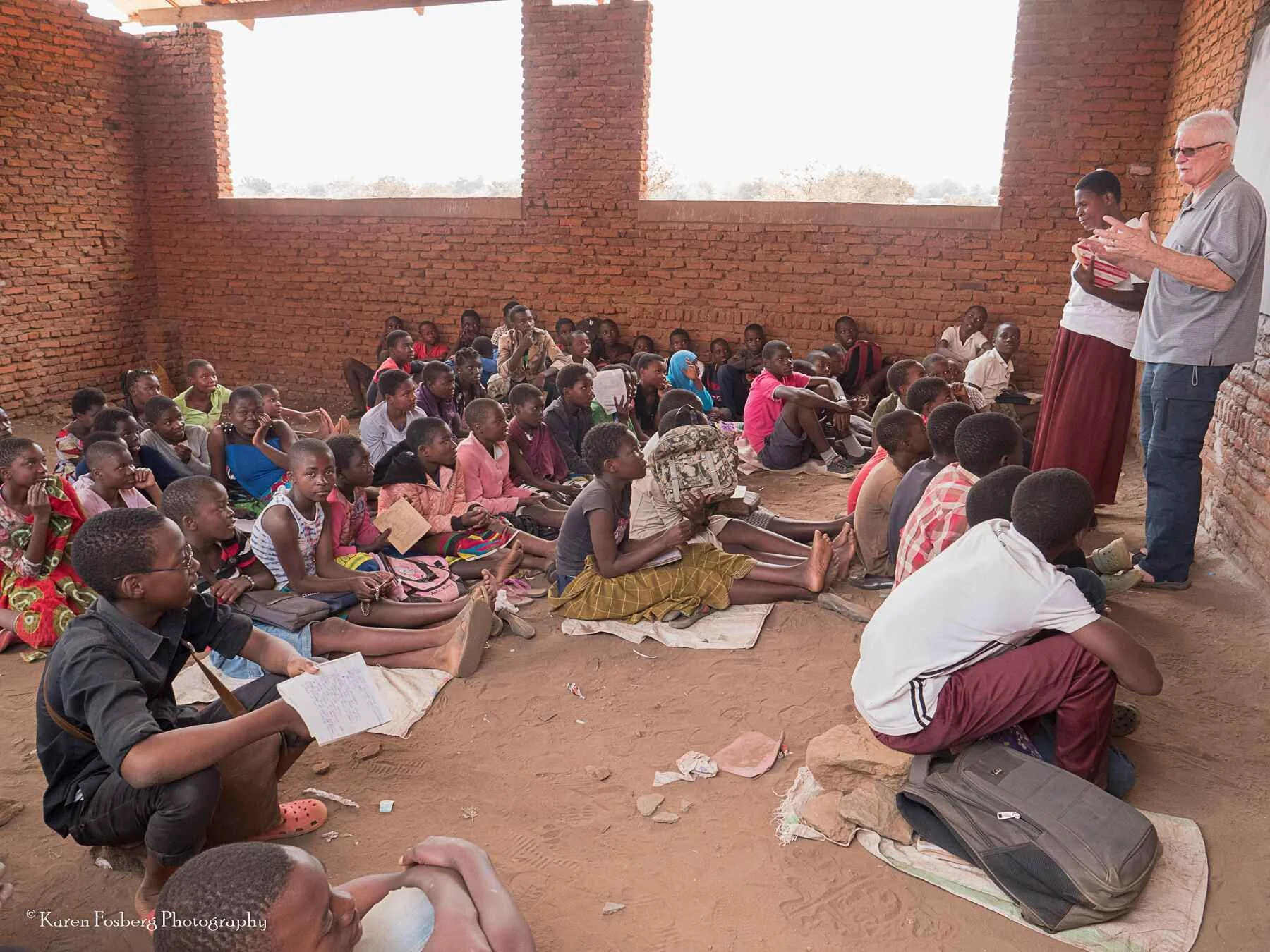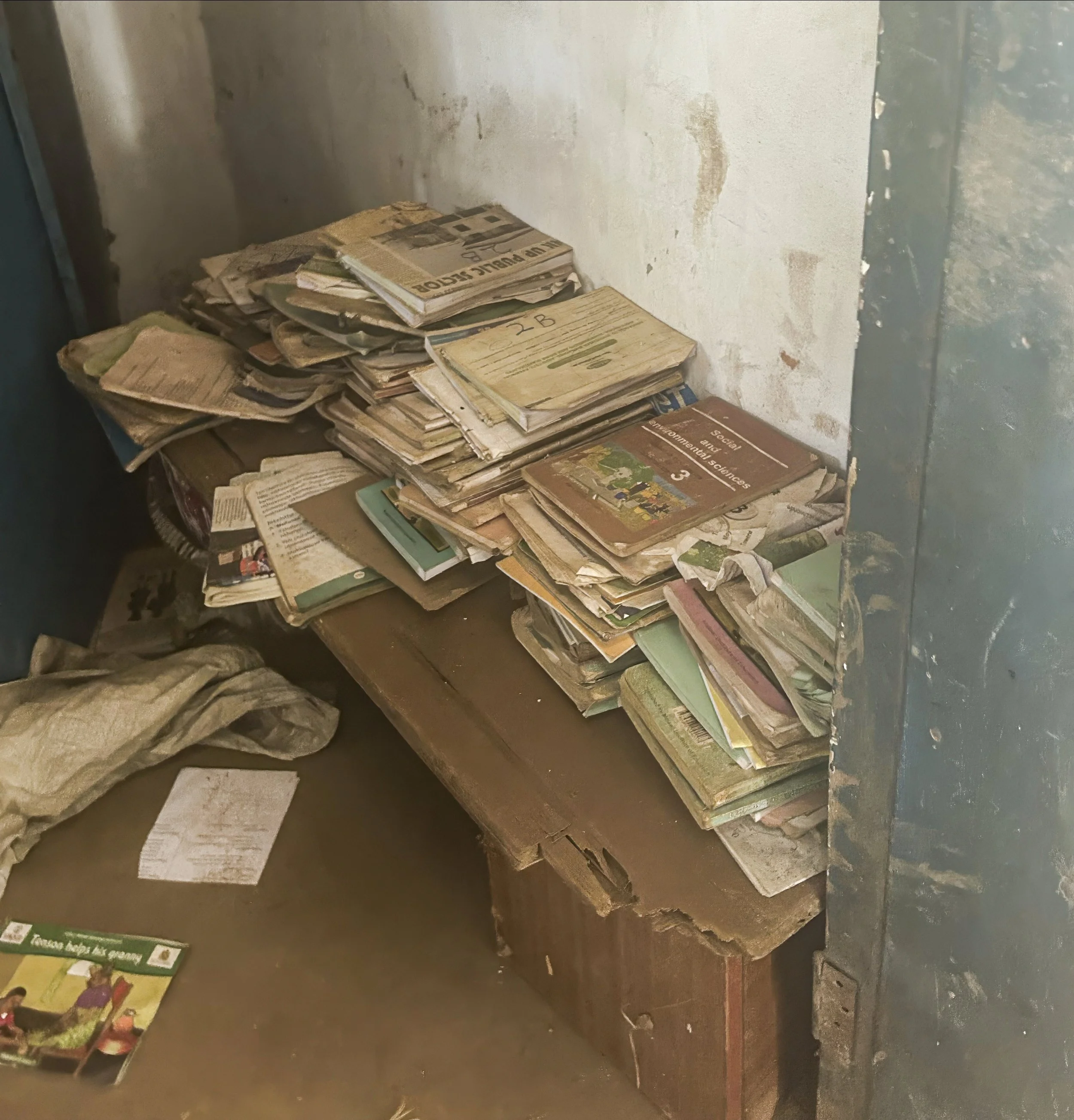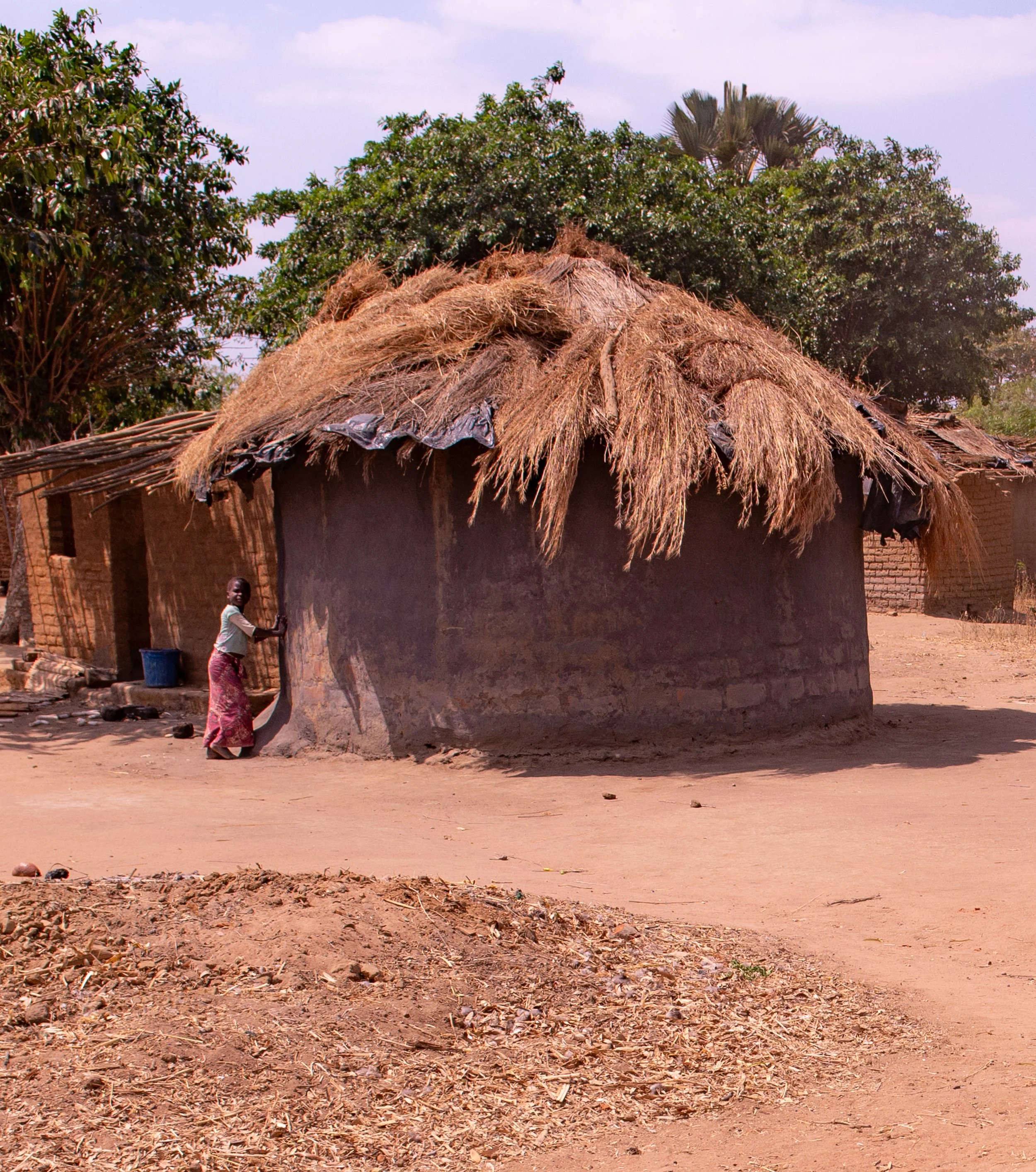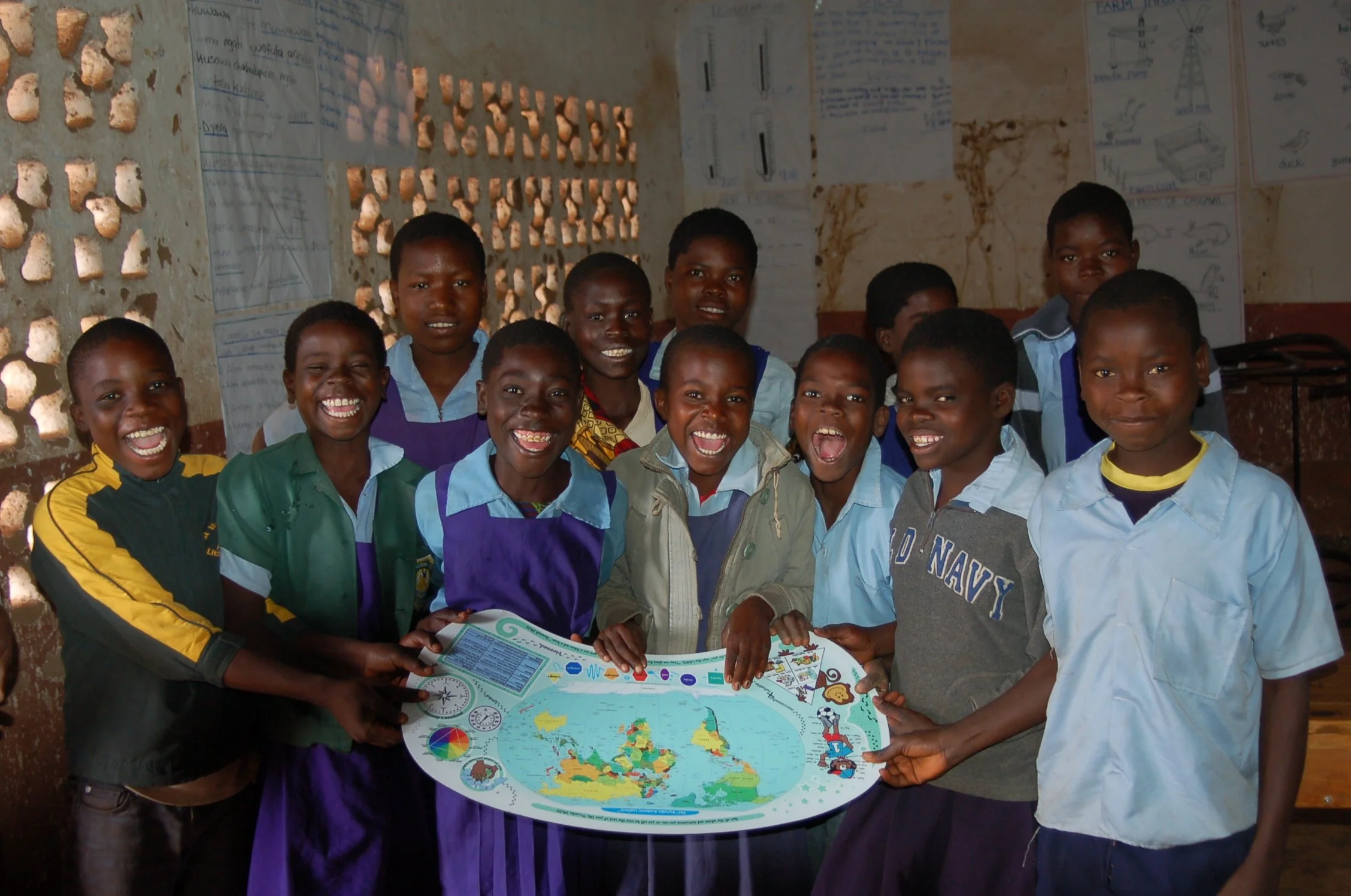
PAL
LAPBOARD
Changing the future of Africa through education

PAL LAPBOARD
Changing the future of Africa through education
CHANGING THE FUTURE OF AFRICA
THROUGH EDUCATION
The heart of the PAL Project is to empower teachers with educational resources that engage students to stay in school and succeed in their education.
OUR MISSION:
OUR MISSION:
CHANGING THE FUTURE
OF AFRICA
THROUGH
EDUCATION
Heart of the PAL Project
To empower teachers with educational resources that engage students to stay in school and succeed in their education.
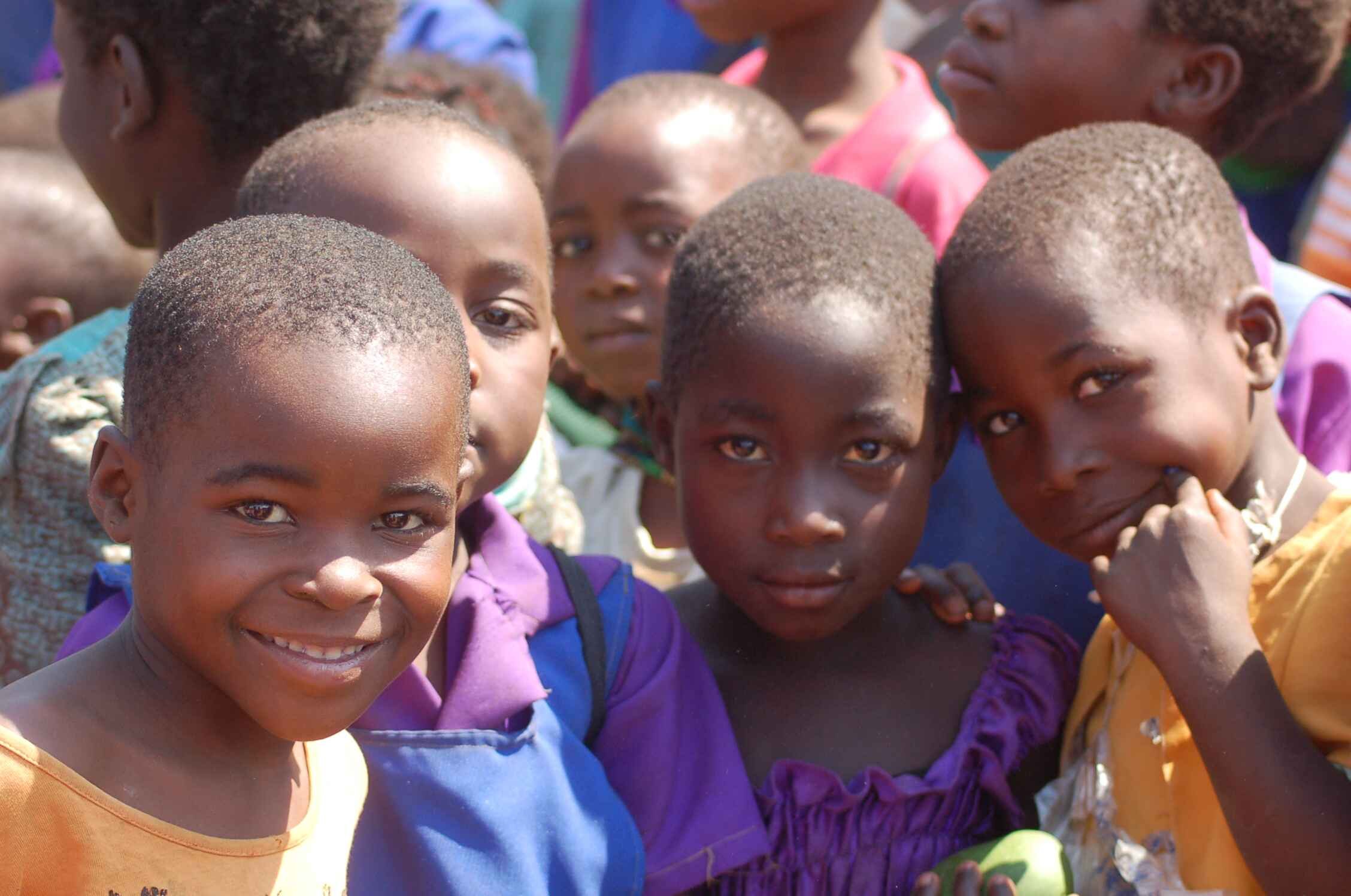
“Education is the most powerful weapon which you can use to change the world.”
- Nelson Mandela

“Education is the most powerful weapon which you can use to change the world.”
- Nelson Mandela
WHAT WE DO!
PAL has been endorsed by the Malawi Department of Education, The PAL organization provides needed materials and resources in the primary schools (grades 1-8). Education is directed to both the teachers and the students through the teacher’s manual and the lapboard.
WHAT WE DO!
PAL has been endorsed by the Malawi Department of Education, The PAL organization provides needed materials and resources in the primary schools (grades 1-8). Education is directed to both the teachers and the students through the teacher’s manual and the lapboard.
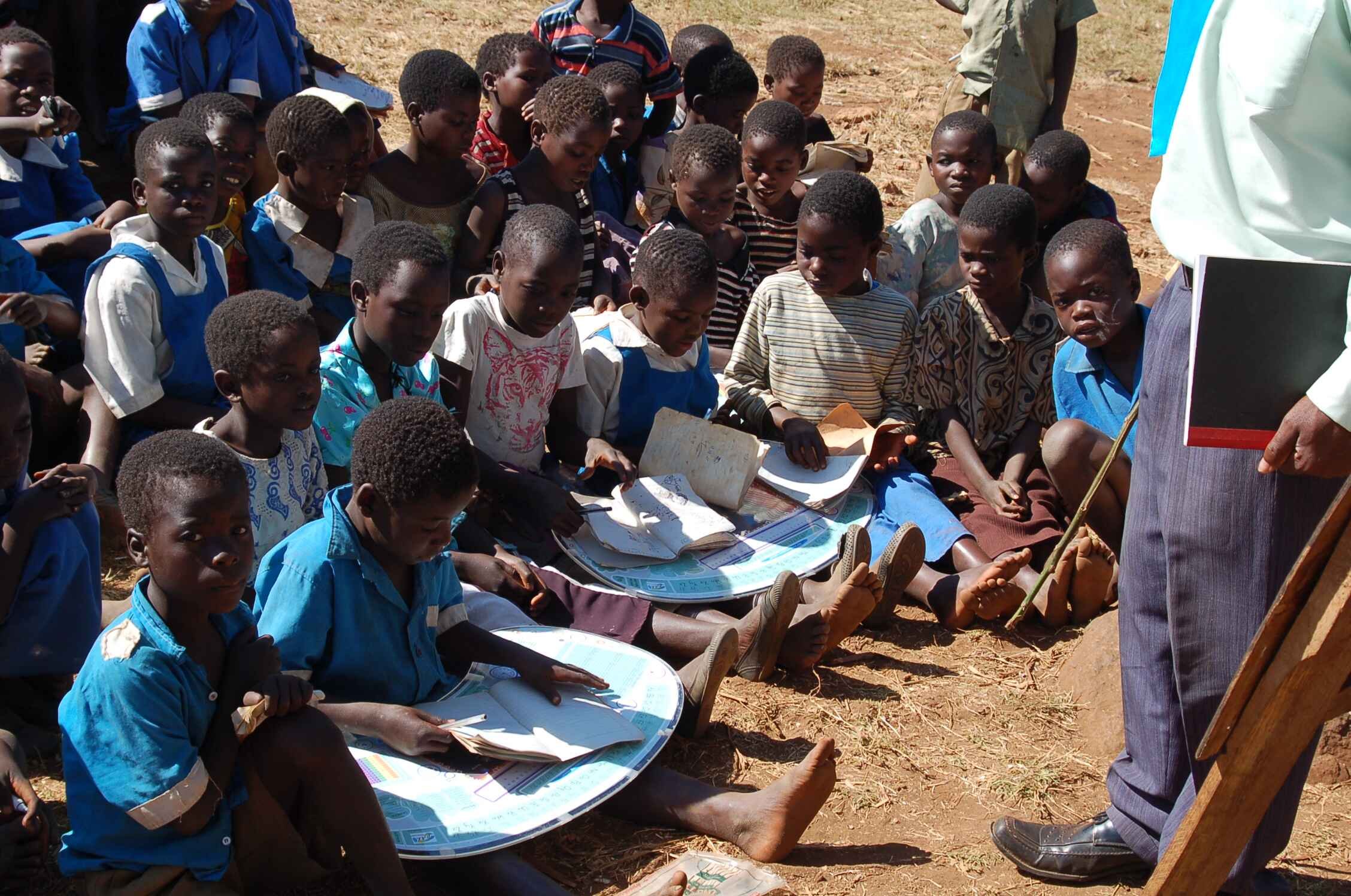





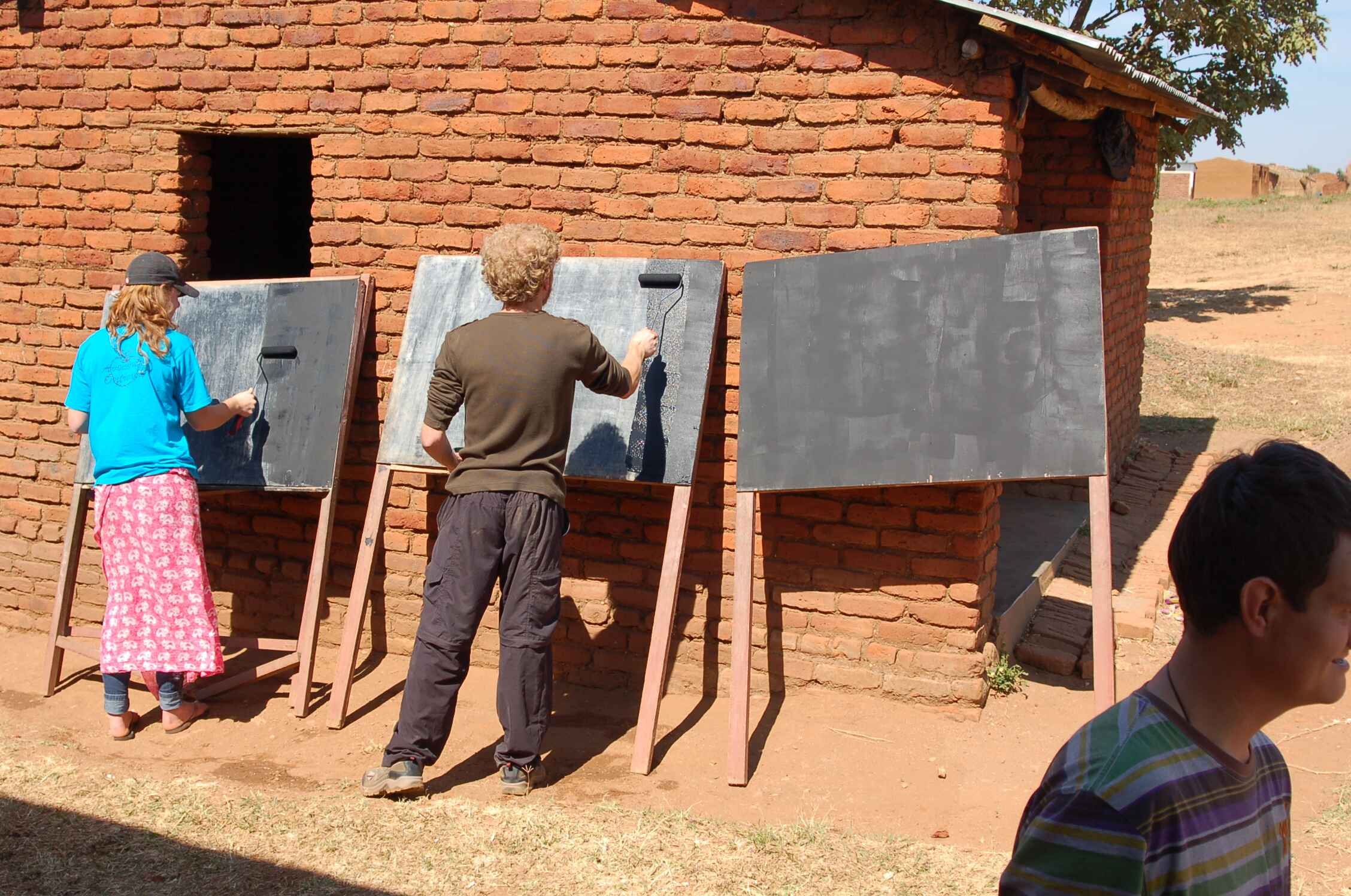
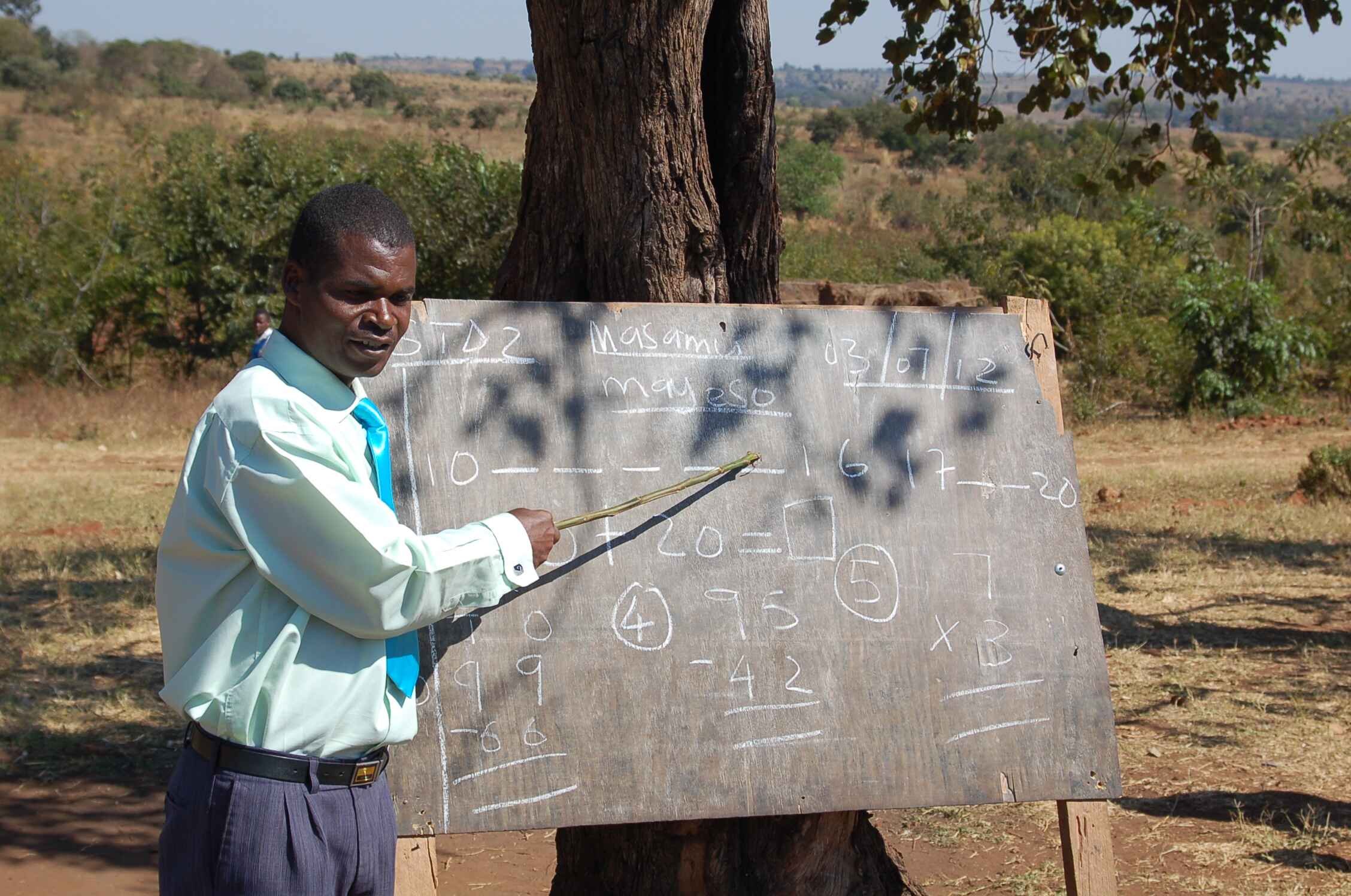
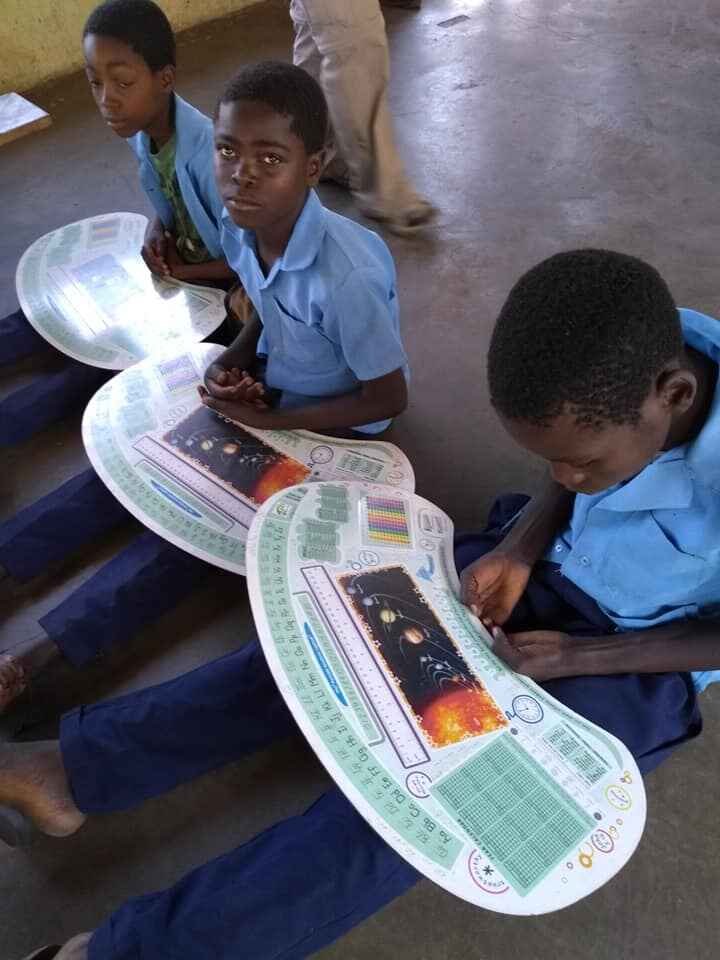

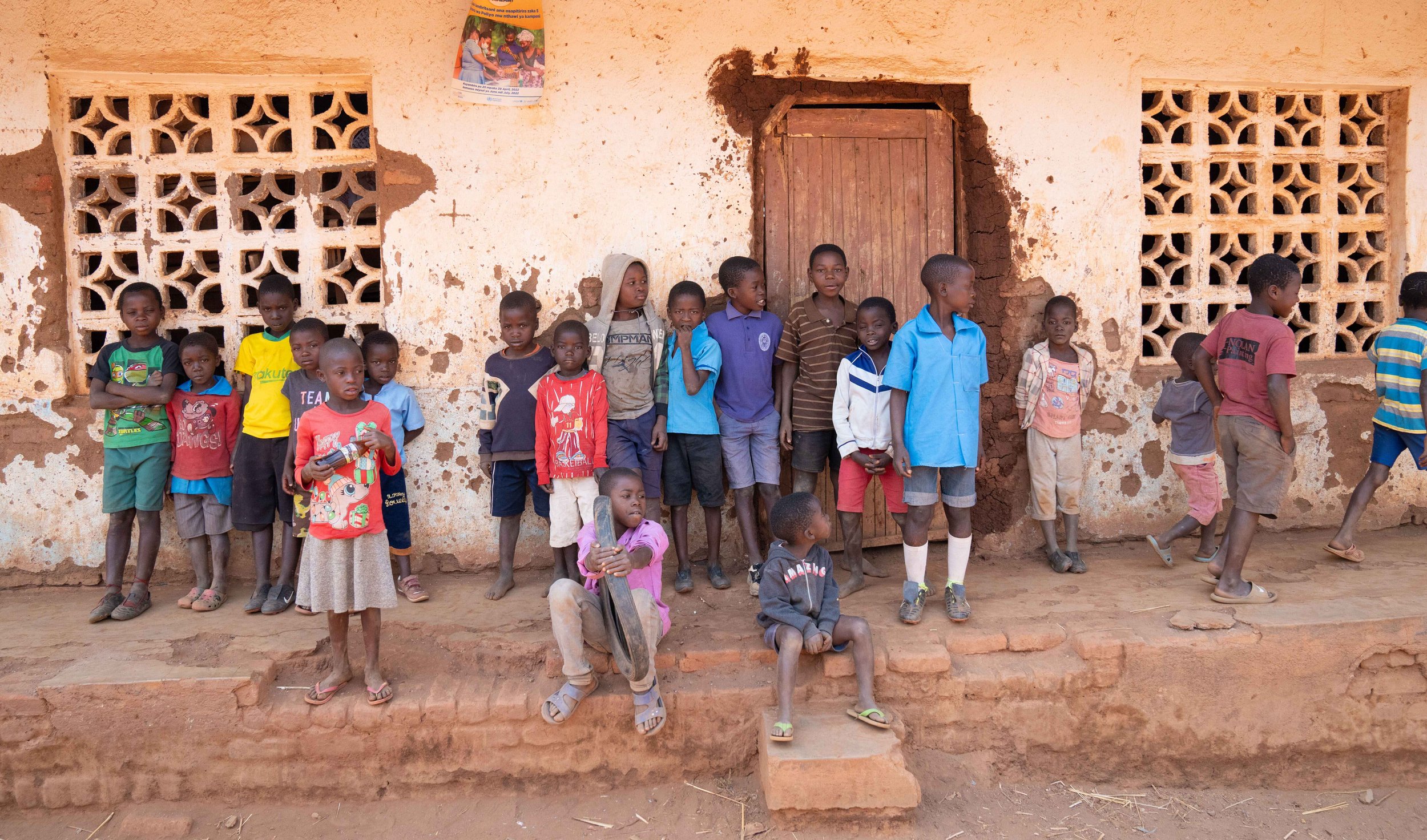













OUR HISTORY…
In 2009 the PAL organizers, Joel and Jackie Wells, visited the schools of Malawi. During the ten years they lived in Africa, they came face to face with the dire situations of the school system of Malawi.
OUR HISTORY…
In 2009 the PAL organizers, Joel and Jackie Wells, visited the schools of Malawi. During the ten years they lived in Africa, they came face to face with the dire situations of the school system of Malawi.
…CALL TO ACTION
The lack of academic aid stirred a deep desire to assist the teachers and students of Malawi. Knowing that education could bring about great changes in this poverty stricken nation the PAL Project was born, subsequently receiving an endorsement from the Department of Education.
…CALL TO ACTION
The lack of academic aid stirred a deep desire to assist the teachers and students of Malawi. Knowing that education could bring about great changes in this poverty stricken nation the PAL Project was born, subsequently receiving an endorsement from the Department of Education.
THE LAP BOARD!
THE LAP BOARD!
TEACHER’S MANUAL
GIVEN TO EACH TEACHER - PRIMARY SCHOOLS GRADES 1 - 8
The teachers manual includes information about classroom management, lesson planning and learning styles.
*
It also has valuable tools such as: a world map, solar system, alphabet, ruler, mathematical times table, information about health and nutrition, and much much more!
Power words that speak life, and all the basics of education are included both on the lapboard and defined in the teacher’s manual.
*
*
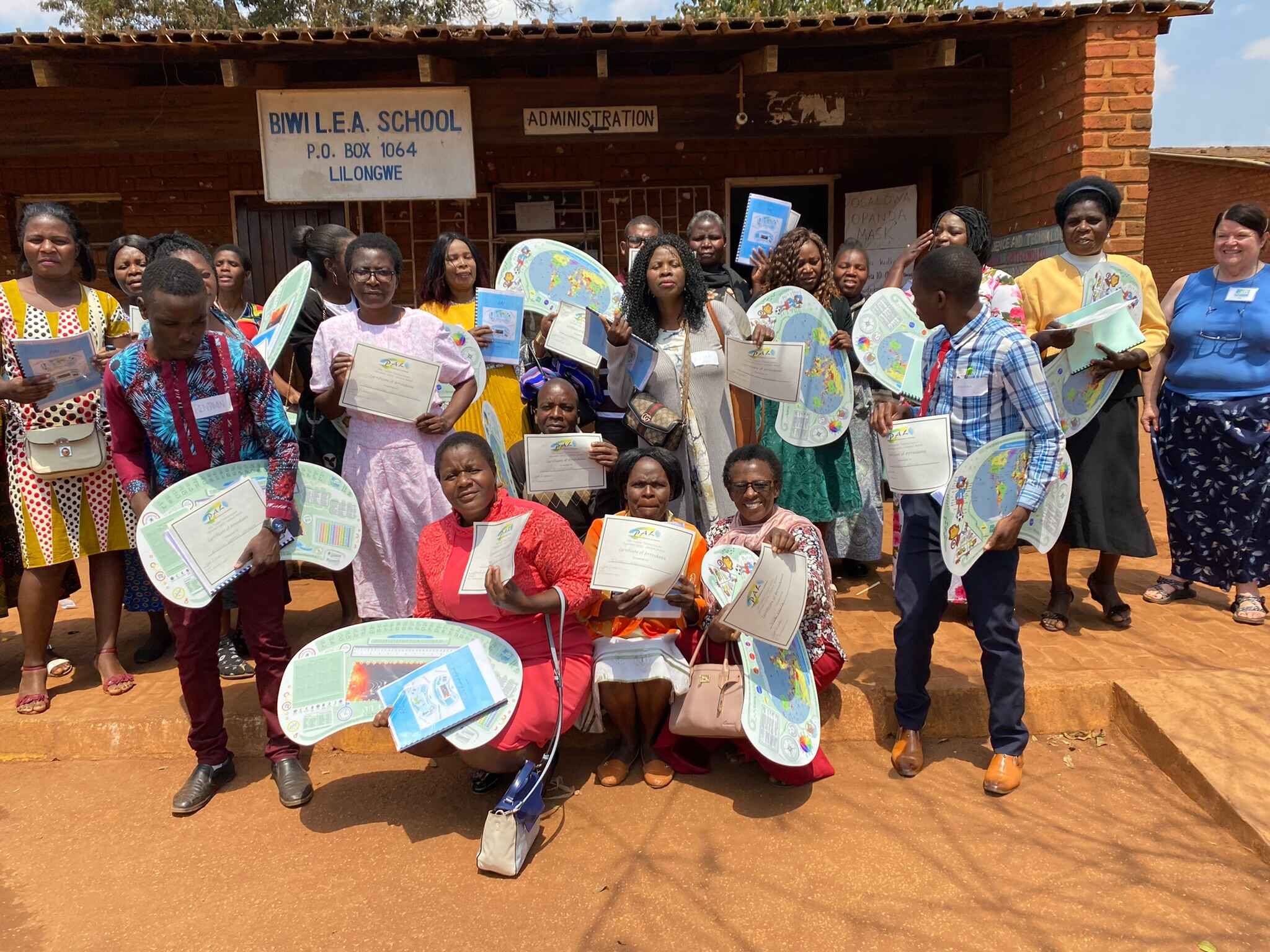
TEACHER’S
MANUAL
GIVEN TO EACH TEACHER
PRIMARY SCHOOLS GRADES 1 - 8
The teachers manual includes information about classroom management, lesson planning and learning styles.
*
It also has valuable tools such as: a world map, solar system, alphabet, ruler, mathematical times table, information about health and nutrition, and much much more!
*
Power words that speak life, and all the basics of education are included both on the lapboard and defined in the teacher’s manual.
*
TESTIMONIALS
From teachers who use the LAP board and received training on how to use the Lapboard and accompanying teacher’s manual
“I enjoyed everything that has been taught e.g. lesson planning, how to make boys and girls (stay) in school as well as how the PAL is used. It will be a powerful tool in our teaching career.”
“When I am using the PAL many learners always be busy listening and my lessons always very successful.”
“We (teachers) have learnt a lot of knowledge which we will impart in our learners so that we have improved standard of education.”
TESTIMONIALS
From teachers who use the LAP board and received training on how to use the Lapboard and accompanying teacher’s manual
“I enjoyed everything that has been taught e.g. lesson planning, how to make boys and girls (stay) in school as well as how the PAL is used. It will be a powerful tool in our teaching career.”
“When I am using the PAL many learners always be busy listening and my lessons always very successful.”
“We (teachers) have learnt a lot of knowledge which we will impart in our learners so that we have improved standard of education.”
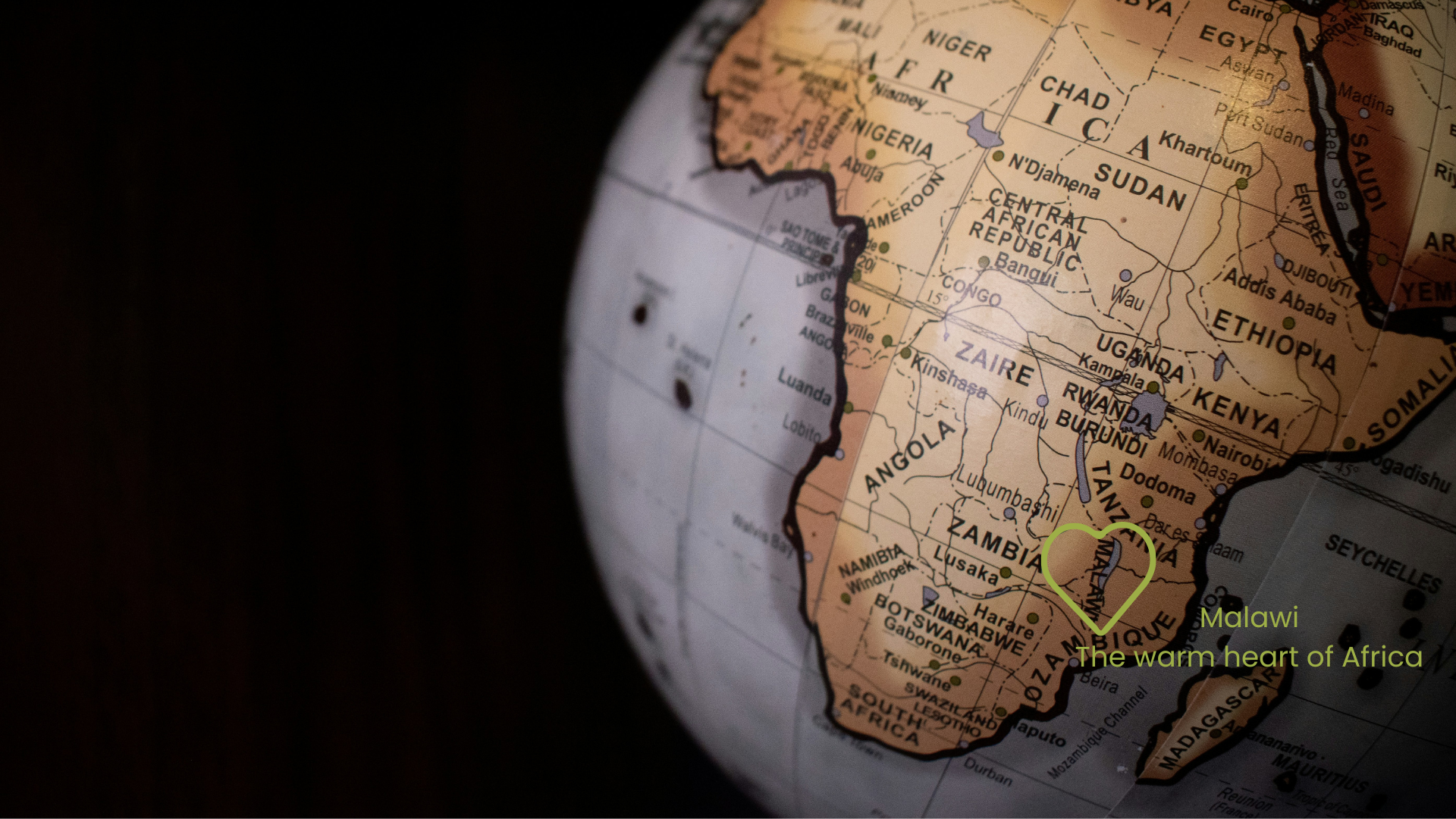
OUR IMPACT
PAL is currently working in the nation of Malawi. The project is empowering teachers with educational resources that engage students in learning and encourages them to stay in school and succeed in their education.
97
Schools
AS OF 2025…
2,843
Teachers
6,645
Lapboards
190,588
Students

OUR
IMPACT
AS OF 2025
PAL is currently working in the nation of Malawi. The project is empowering teachers with educational resources that engage students in learning and encourages them to stay in school and succeed in their education.
97 Schools
2,843 Teachers
6,645 Lapboards
190,588 Students
More Information About
Malawi
-
Britain declared a protectorate, called British Central Africa, over what is now Malawi in 1891. The British renamed the territory Nyasaland in 1907 and it was part of the colonial Federation of Rhodesia and Nyasaland - including present-day Zambia and Zimbabwe. Malawi gained their independence in 1964. Malawi is slightly smaller than Pennsylvania and is landlocked but shares the lake of Malawi with Mozambique and Tanzania. Lake Malawi is the country’s most prominent physical feature; it contains more fish species than any other lake on earth.
-
Land: 94,080 sq km
Water: 24,404 sq km
Land use:
Agricultural land: 59% (permanent crops: 1.4%)
Forest: 34%
Other: 7%
Climate: sub-tropical; rainy season (November to March); dry season (April to November)
Terrain: narrow elongated plateau with rolling plains, rounded hills, some mountains
Agricultural: sweet potatoes, cassava, sugar cane, maize, mangoes/guavas, potatoes, tomatoes, pigeon peas, bananas, plantains
Industries: tobacco, tea, sugar, sawmill products, cement, consumer goods (Statistics from CIA world facts)
-
Age structure - Median age (20 years)
0-14 years: 38.54%
15-64 years: 57.64%
65 years and over: 3.82% (2023 est.)
Population: 21 million (2023 est.)
Population without electricity: 17 million (2020)
Languages: English (official), Chichewa (dominant), Lambya, Lomwe, Ngoni, Nkhonde, Nyakyusa, Nyanja, Sena, Tonga, Tumbuka, Yao
-
Food or waterborne diseases: bacterial and protozoal diarrhea, hepatitis A, and typhoid fever
Vector borne diseases: malaria, dengue fever, and sexually transmitted diseases: HIV/AIDS (2025)
Water contact diseases: schistosomiasis
Animal contact diseases: rabies
More Information About
Malawi
-
Britain declared a protectorate, called British Central Africa, over what is now Malawi in 1891. The British renamed the territory Nyasaland in 1907 and it was part of the colonial Federation of Rhodesia and Nyasaland - including present-day Zambia and Zimbabwe. Malawi gained their independence in 1964. Malawi is slightly smaller than Pennsylvania and is landlocked but shares the lake of Malawi with Mozambique and Tanzania. Lake Malawi is the country’s most prominent physical feature; it contains more fish species than any other lake on earth.
-
Land: 94,080 sq km
Water: 24,404 sq km
Land use:
Agricultural land: 59% (permanent crops: 1.4%)
Forest: 34%
Other: 7%
Climate: sub-tropical; rainy season (November to March); dry season (April to November)
Terrain: narrow elongated plateau with rolling plains, rounded hills, some mountains
Agricultural: sweet potatoes, cassava, sugar cane, maize, mangoes/guavas, potatoes, tomatoes, pigeon peas, bananas, plantains
Industries: tobacco, tea, sugar, sawmill products, cement, consumer goods (Statistics from CIA world facts)
-
Age structure - Median age (20 years)
0-14 years: 38.54%
15-64 years: 57.64%
65 years and over: 3.82% (2023 est.)
Population: 21 million (2023 est.)
Population without electricity: 17 million (2020)
Languages: English (official), Chichewa (dominant), Lambya, Lomwe, Ngoni, Nkhonde, Nyakyusa, Nyanja, Sena, Tonga, Tumbuka, Yao
-
Food or waterborne diseases: bacterial and protozoal diarrhea, hepatitis A, and typhoid fever
Vector borne diseases: malaria, dengue fever, and sexually transmitted diseases: HIV/AIDS (2025)
Water contact diseases: schistosomiasis
Animal contact diseases: rabies
SUPPORT
YOUR DONATION MAKES A DIFFERENCE
When you donate to the PAL Project your contributions are going towards: Lapboards, manuals, teacher workshops, soccer balls, jump ropes, and reference materials.
For $15 each of the Lapboards are produced, shipped across two oceans, trucked through four nations, then imported into Malawi for students and teachers to use.
ALL PROCEEDS GO TOWARDS
CHANGING THE FUTURE OF AFRICA
THROUGH EDUCATION
SUPPORT
YOUR DONATION MAKES A DIFFERENCE
When you donate to the PAL Project your contributions are going towards: LapBoards, manuals, teacher workshops, soccer balls, jump ropes, and reference materials.
For $15 each, the LapBoards are produced, shipped across two oceans, trucked through four nations, then imported into Malawi for students and teachers to use.
ALL PROCEEDS GO TOWARDS
CHANGING THE FUTURE OF AFRICA THROUGH EDUCATION
CONTACT US
PO BOX 18929, Spokane WA 99228
If you have any questions or concerns please don’t hesitate to contact us! Thank you for all of your support!
CONTACT US
PO BOX 18929, Spokane WA 99228
If you have any questions or concerns please don’t hesitate to contact us! Thank you for all of your support!


